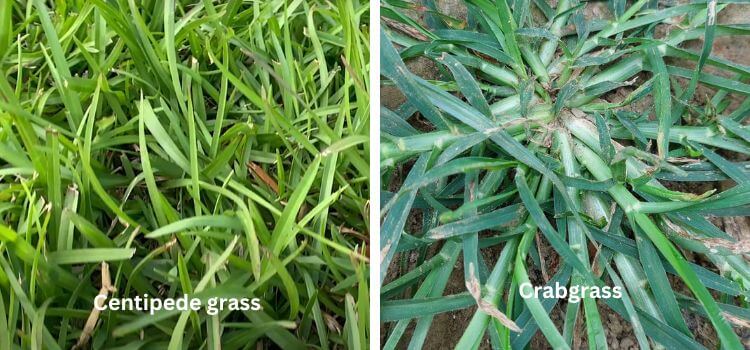As an Amazon Associate, I earn from qualifying purchases.
Centipede grass is a low-maintenance, warm-season turfgrass, while crabgrass is an invasive weed. Centipede grass spreads slowly and requires little fertilization; crabgrass grows rapidly and can overtake lawns.
The differences between centipede grass and crabgrass are crucial for maintaining a healthy lawn. Centipede grass, with its apple-green colour and coarse texture, thrives in acidic, sandy soils and exhibits a high tolerance to heat. It forms a dense, slow-growing turf that resists some pests and diseases.
On the other hand, crabgrass is a notorious weed that can quickly spread through your lawn if left unchecked. It is characterized by its light green colour, broad leaves, and ability to grow under a wide range of conditions. Proper identification and management are key to preventing crabgrass from disrupting the uniform look of a centipede grass lawn. Lawn enthusiasts often prioritize centipede grass for its low upkeep requirements, making it a preferred choice for yards in warmer climates.
Centipede Grass
Centipede Grass stands as a popular choice for homeowners seeking a low-maintenance lawn. It thrives in warm climates and offers a lush, green cover with minimal fuss.
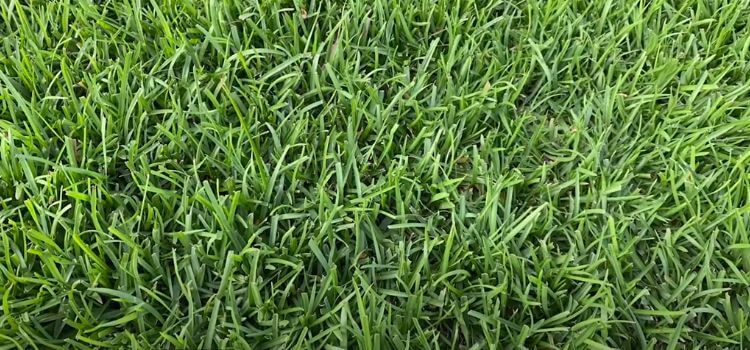
Characteristics
Centipede Grass, known scientifically as Eremochloa ophiuroids, is a warm-season turfgrass with distinctive qualities:
- Color: Light to medium green.
- Texture: Coarse leaves with a soft feel.
- Growth: Slow, spreading through stolons.
- Soil Preference: Acidic with a pH of 5.0 to 6.5.
- Drought Tolerance: Moderate, with low water needs.
- Sun Exposure: Full sun to partial shade.
Pros And Cons
Pros
- Low Maintenance: Requires less mowing and fertilization.
- Disease Resistant: Fewer issues with pests and diseases.
- Shade Tolerance: Survives in less sunny areas.
Cons
- Slow Growth: Takes time to establish and fill in.
- Specific Soil: Prefers only acidic soils.
- Not Cold Hardy: Vulnerable to frost damage.
Crabgrass
Crabgrass, often mistaken for a pesky weed, has unique characteristics and uses. Understanding its traits and weighing the pros and cons can help gardeners manage it effectively.
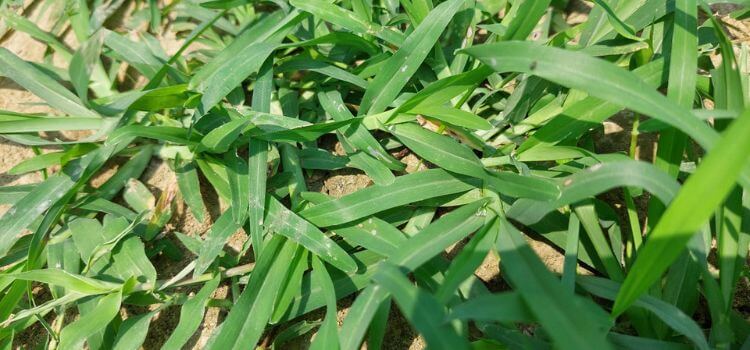
Characteristics
Crabgrass thrives in warm climates and grows rapidly. It is light green and coarse in texture. This grass spreads out from a central root, creating a star-like pattern. It’s most noticeable in late spring and summer when it produces seeds.
| Feature | Description |
|---|---|
| Colour | Light green |
| Texture | Coarse |
| Growth Pattern | Spreads from a central root |
| Seasonality | Noticeable in late spring and summer |
Pros And Cons
Pros
- Grows quickly
- Adapts easily to various soils
- Prevents soil erosion
Cons
- Can dominate lawns
- Difficult to eradicate once established
- May diminish the aesthetics of a lawn
Despite its reputation, crabgrass can effectively prevent soil erosion. Yet, it may take over lawns and is tough to remove once it settles in. Knowing these aspects helps manage its growth.
Growing Conditions
Understanding the growing conditions of Centipede Grass and Crabgrass is key to a lush lawn. These grass types thrive under different circumstances.
Ideal Environment For Centipede Grass
Centipede Grass loves warm climates. It grows best in the southeastern United States. This grass type prefers slightly acidic to neutral soil. Its ideal pH range is between 5.0 and 6.5. It’s a low-maintenance grass that only needs a little fertilizer or water once established. Here are the specific conditions:
- Temperature: Thrives in temperatures between 70°F and 95°F.
- Soil Type: Prefers sandy, acidic soil.
- Light: Needs full sun but tolerates partial shade.
- Water: Requires minimal watering, drought-tolerant.
Ideal Environment For Crabgrass
Crabgrass, on the other hand, is a hardy invader. It can grow in poor soil conditions and doesn’t mind heat. This grass is common in disturbed areas like roadsides and pathways. Here’s what Crabgrass loves:
- Temperature: Grows in hot conditions, above 75°F.
- Soil Type: Adapts to various soil types, even compacted soil.
- Light: Prefers full sun and high temperatures.
- Water: Tolerates low water levels, though grows faster with moisture.
Maintenance
Maintenance plays a crucial role in the health and appearance of your lawn. Whether you’re nurturing centipede grass or battling Crabgrass, understanding the specific needs of each can mean the difference between a lush green carpet and a patchy, weedy mess.
Care And Upkeep Differences
Centipede grass and Crabgrass require different approaches to thrive or die. Centipede grass, known for its low-maintenance nature, prefers minimal attention, while Crabgrass, an aggressive weed, demands proactive measures to keep it at bay.
| Aspect | Centipede Grass | Crabgrass |
|---|---|---|
| Watering | Requires infrequent but deep watering. | Thrives in overwatered and poorly drained areas. |
| Fertilization | Needs little fertilizer; too much can harm it. | Feeds on high nitrogen levels from excess fertilizer. |
| Mowing | Set mowing height higher to promote deep roots. | Regular mowing can help prevent seed spread. |
| Weed Control | Generally resistant to pests and weeds. | Requires pre-emergent herbicides for effective control. |
Centipede grass thrives with less; it’s a low-fuss grass that prefers the southern climate. Crabgrass, on the other hand, is an invader that requires vigilance to control. Regular lawn inspections and timely interventions are vital to prevent crabgrass from taking over.
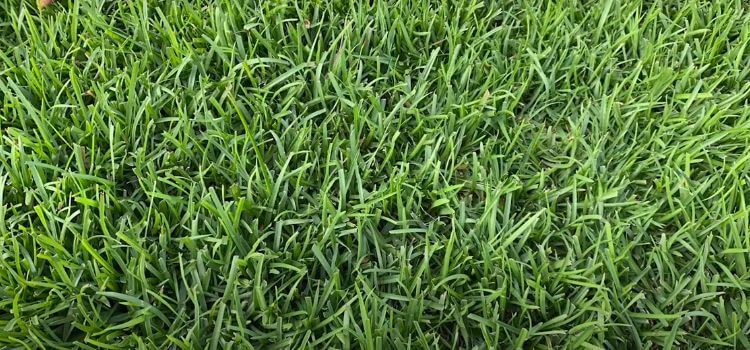
Ensuring Each
- Maintain sharp mower blades: This ensures a clean cut for centipede grass and prevents tearing that can help crabgrass spread.
- Avoid overwatering: Centipede grass does not like soggy soil, and crabgrass proliferates in wet conditions.
- Timely herbicide application: Use pre-emergent herbicides in early spring to prevent crabgrass. Be cautious with herbicides on centipede grass to avoid damage.
- Proper fertilization: Fertilize centipede grass sparingly. Excess fertilizer can encourage crabgrass growth.
Understanding these maintenance differences is key to a beautiful lawn. Centipede grass requires minimal intervention, while crabgrass demands consistent action. By tailoring your lawn care strategy to these needs, you can enjoy a healthy, weed-free yard all season long.
Resilience
Understanding the resilience of different grasses is vital for a healthy lawn. Centipede Grass and Crabgrass thrive under various conditions.
Ability To Withstand Various Conditions: Centipede Grass
Centipede Grass is known for its low maintenance and good tolerance to heat. This grass type prefers acidic soil and can survive in less fertile conditions. However, it is sensitive to cold and can be damaged by frost.
- Heat tolerance: Thrives in warm climates.
- Soil adaptability: Grows in acidic, less fertile soils.
- Cold sensitivity: Susceptible to damage in low temperatures.
Ability To Withstand Various Conditions: Crabgrass
Crabgrass is a hardy weed that adapts aggressively to various conditions. It tolerates high temperatures and is drought-resistant. This plant can invade and thrive in different soil types, making it a challenge for gardeners.
| Condition | Crabgrass Resilience |
|---|---|
| Heat | Highly tolerant, grows rapidly in summer |
| Drought | Can survive dry periods with minimal water |
| Soil Type | Adapts to various soils, even compacted ones |
Choosing between Centipede Grass and Crabgrass depends on your climate and soil. Centipede grass is ideal for warm, acidic soils. If you battle tough, variable conditions, Crabgrass might pose a challenge due to its resilient nature.
Aesthetic Appeal
When choosing lawn grass, looks matter. Each grass type has a unique beauty. Centipede grass boasts a light green colour, offering a soft, uniform appearance. Crabgrass, on the other hand, has a more rugged look. It often grows in clumps with a coarse texture. Homeowners prefer a lawn that enhances their home’s beauty. Let’s compare centipede grass and Crabgrass based on visual appeal.
Visual Aspects Of Centipede Grass
- Light Green Hue: Centipede grass has a pale green shade that brightens up yards.
- Low Growth: This grass stays low to the ground, making lawns look neat.
- Minimal Thatch: Centipede grass creates less thatch, which means smoother lawns.
- Slow Spreading: It spreads at a slower pace, providing a uniform lawn without sudden patches.
Visual Aspects Of Crabgrass
- Coarse Texture: Crabgrass has a more challenging feel and look, which some may find less appealing.
- Clumpy Growth: It tends to grow in irregular patches, disrupting lawn uniformity.
- Quick Spread: Crabgrass spreads fast, leading to a less consistent appearance.
- Varying Colors: This grass can show multiple shades of green, creating a less harmonious look.
Both centipede grass and Crabgrass serve different visual purposes. Centipede grass offers a clean, consistent lawn, while Crabgrass can be invasive but is durable. Choose the grass that meets your aesthetic preferences for a beautiful home exterior.
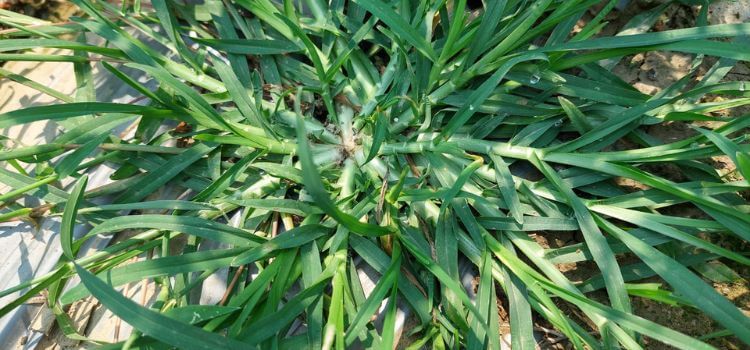
Prevention And Control
Managing the growth of grass in your yard is crucial. It keeps your lawn healthy and attractive. Today, we focus on two types: Centipede Grass and Crabgrass. Both require different strategies for prevention and control.
Methods To Prevent And Manage The Growth Of Centipede Grass
Centipede Grass thrives in acidic soil with less fertilizer. Here are methods to manage it:
- Soil testing: Regularly check soil pH to maintain acidity.
- Proper mowing: Keep it 1.5 to 2 inches tall.
- Minimize water: Water once a week deeply rather than frequently.
- Use herbicides sparingly: Apply only when necessary and choose products specific to Centipede Grass.
Methods To Prevent And Manage The Growth Of Crabgrass
Crabgrass can invade quickly if not controlled. Use these strategies:
- Pre-emergent herbicides: Apply in early spring before Crabgrass seeds sprout.
- Timely mowing: Cut grass regularly to prevent Crabgrass from taking hold.
- Maintain dense turf: Overseed to keep your lawn thick and competitive.
- Proper fertilization: Fertilize your primary grass at the right time to discourage Crabgrass.
Frequently Asked Questions On Centipede Grass Vs Crabgrass
To identify centipede grass, observe its medium to light green colour, coarse texture, and flat, tapered blades. It grows low to the ground and thrives in acidic soil, often found in the southeastern United States.
Use a post-emergent herbicide labelled for crabgrass control on centipede grass. Apply during active growth, following label instructions for safety and effectiveness.
Centipede grass struggles in cold climates and requires ample sunlight, limiting its use in shaded areas. It grows slowly, which means damage recovery takes longer. This grass type also needs specific soil acidity levels (pH 5-6) to thrive, making soil management crucial.
Tall fescue is often mistaken for crabgrass due to its similar appearance. Both have a coarse texture and clumping growth pattern.
Conclusion
Deciding between centipede grass and crabgrass hinges on your lawn care goals. Centipede grass offers a low-maintenance, slow-growing solution for Southern lawns. Conversely, battling invasive crabgrass requires vigilance and timely treatment. Choose wisely to cultivate a lawn that thrives in your climate and meets your aesthetic preferences.

